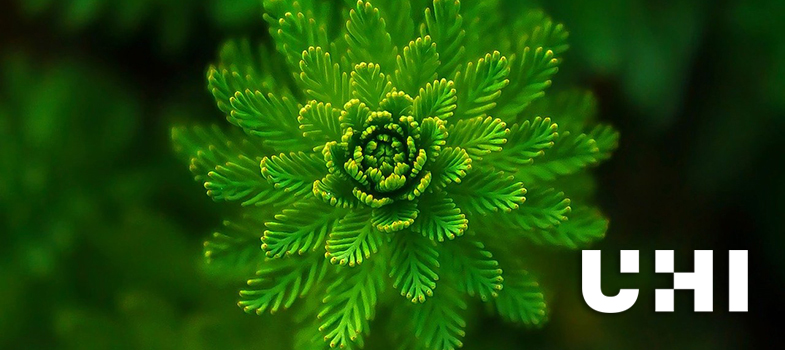Part 5: Plant reproduction
1. Structure of seeds
"The greatest Oaks have been little Acorns."
Thomas Fuller's Gnomologia, 1732
Seeds are found in a staggering array of shapes and sizes, but the process by which seeds germinate is similar in all species.
Dicotyledon seeds

Amber Crowley UHI / Public domain
Monocotyledon seeds

Amber Crowley UHI / Public domain
Testa
The seed coat, a protective layer which is tough and hard and protects the seed from attack by insects, fungi and bacteria.
Cotyledon
A cotyledon is an embryonic leaf. It is the first leaf to appear when a seedling grows. They often contain reserves of food which the developing seedling can use to grow.
Monocotyledons have 1 cotyledon, Dicotyledons have 2 cotyledons
Endosperm
The food store made up of protein and starch which feeds the developing seedling before it is able to uptake water and nutrients through its own roots.
Epicotyl
The section of stem between the cotyledon(s) and the plumule. In a seedling it becomes the section of stem between the cotyledons nd the first true leaves.
Hypocotyl
The section of stem below the cotyledon(s) and above the radicle, or root, in a seedling.
Radicle
The first part of the embryo to emerge when a seed germinates and becomes the root.
Plumule
The embryonic growing shoot and first leaves of a plant. This is the part of the plant that grows away above the cotyledon(s) when the seedling develops.
Hilum
The scar where the seed was attached to the parent plant.
Micropyle
This is a tiny pore in the testa, located just opposite the radicle, which lets water into the seed.
